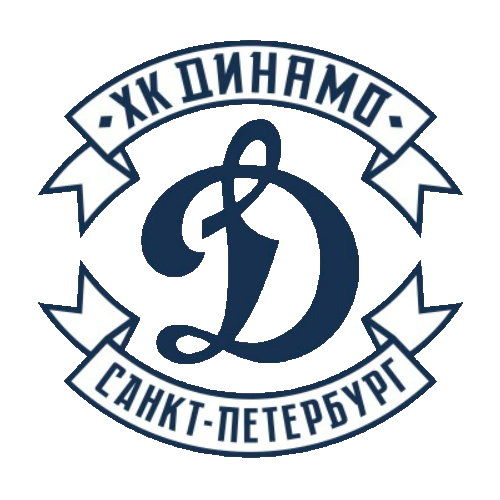
Daniil Prokhorov (LW, L, 6’6″, 210, MHK Dynamo St. Petersburg, 04/27/2007)
Daniil Prokhorov is a physically imposing power forward with elite shot volume and offensive zone time, showing real potential as a scoring winger at the next level. He leads his team in shots per game and is among the league’s best in creating Grade “A” scoring opportunities. His natural tools – size, strength, and soft touch around the net – make him one of the more intriguing upside bets in this draft class. However, he remains raw in several critical areas, particularly finishing efficiency, passing accuracy, and puck management, all of which must be improved before projecting him into a consistent NHL contributor role.
Why Prokhorov Should Be an NHL Draft Pick
- NHL Frame with Elite Shot Volume
At 6’6″, 210 lbs, Prokhorov brings a physically mature frame that is ready for pro hockey. He uses his size well, delivering 1.98 hard hits per game, and spending over 8:28 per game in the offensive zone. He attempts 7 shots per game and generates an elite 4.3 Grade “A” scoring chances per game — these are elite numbers at any level and speak to how frequently he’s involved in high-danger scoring chances. - Natural Goal Scorer with Puck Anticipation
Despite playing 10 fewer games than the team leader, Prokhorov sits second on his club with 20 goals in 43 games. His 2.4 loose puck recoveries after shots per game is also among the best in the draft class, which highlights his strong offensive anticipation and second-effort mentality in the scoring areas. His ability to attack rebounds, recover pucks, and reengage in plays creates extended zone time and wears down defenders. - Play Creation Despite Low Assist Total
While he only has 7 assists, his 1.15 passes per game leading directly to a teammate’s Grade “A” scoring chance tells a different story. He’s clearly capable of facilitating high-danger looks, but either poor finishing by linemates or a lack of elite offensive chemistry is limiting his assist totals. The process is there; the results should catch up over time.
Why Prokhorov Should Not Be an NHL Draft Pick
- Poor Finishing Efficiency
Prokhorov converts on just 11% of his Grade “A” chances, well below expected for a high-volume shooter. His 1.49 blocked shots per game and 1.22 missed shots per game show a lack of release deception, poor shooting lane recognition, and a need to better utilize his size by changing shooting lanes or shooting through defenders’ legs. Without significant development in his release mechanics and one-timer execution, he risks topping out as a volume shooter who lacks true finishing touch. - Lack of Puck Management Discipline
Prokhorov turns the puck over 5.5 times per game, an unacceptably high number given his skill level, length and usage. His 83% pass completion rate is below average for a forward who spends nearly 9 minutes per game in the offensive zone, and it limits his ability to extend plays and generate offense when pressured. This number will need to climb closer to 88% as he progresses to higher levels. - Underutilizing Physical Tools in Small Area Battles
Although he delivers hits and is physically present, Prokhorov only wins 46% of his 50/50 puck battles — a disappointing number for a player of his size. He draws just 0.22 penalties per game – he’s not consistently moving his feet through contact. His 25% faceoff win rate (in limited usage) confirms a broader issue: he needs to significantly improve his core strength, leverage, and hand speed to project as an NHL-caliber power forward.
Projection and Final Verdict
Draft Range: End of 2nd–4th Round
NHL Projection: Middle-six power winger with finishing upside
Daniil Prokhorov is a projectable power forward with rare size and natural scoring instincts, but one who will require time, structure, and dedicated development to round out his game. He’s physically ready but lacks polish in key areas — particularly finishing, decision-making, and puck management. His assist totals are misleadingly low, and his elite offensive zone metrics suggest there’s significantly more offense to unlock.
If he learns to play inside the dots with more consistency, adds deception and angle manipulation to his shooting, and tightens up puck decisions under pressure, he could evolve into a unique weapon in an NHL middle-six. He’s not a safe bet, but the tools and flashes of play-driving ability are worth being an early round pick with upside.
